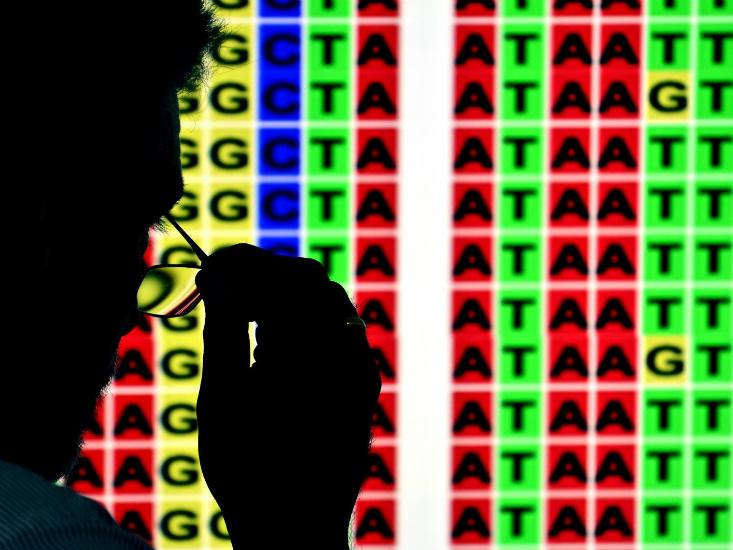Mar 6, 2015
Illegal, Immoral, and Here to Stay: Counterfeiting and the 3D Printing Revolution
Posted by Seb in categories: 3D printing, ethics
By Josh Greenbaum — Wired

If you’re looking for a way to gauge how the 3D printing market will evolve, look no further than the dawn of two other revolutionizing technologies – the desktop printing market and the VHS standard. And be prepared for a decidedly off-color story.
While many of us have fond memories of watching a favorite movie when it first came out on VHS, or admiring the first three-color party invitation we printed on a laser printer, the fact remains that innocent pursuits were not the sole reason either of these technologies took off. And we shouldn’t expect 3D printing to be any different.
Read more



 manufacturing methods set to upend industry. Another method, subtractive manufacturing, is the yin to 3D printing’s yang.
manufacturing methods set to upend industry. Another method, subtractive manufacturing, is the yin to 3D printing’s yang.









